Communing with the dead has been the subject of countless tales, movies, and horror stories. However, not all of them are scary or even have a fulfilling end. The story of the Fox Sisters describes their abilities as mediums, which helped bolster the Modern Spiritualism movement in America.
The Fox Sisters
Pin To Pinterest
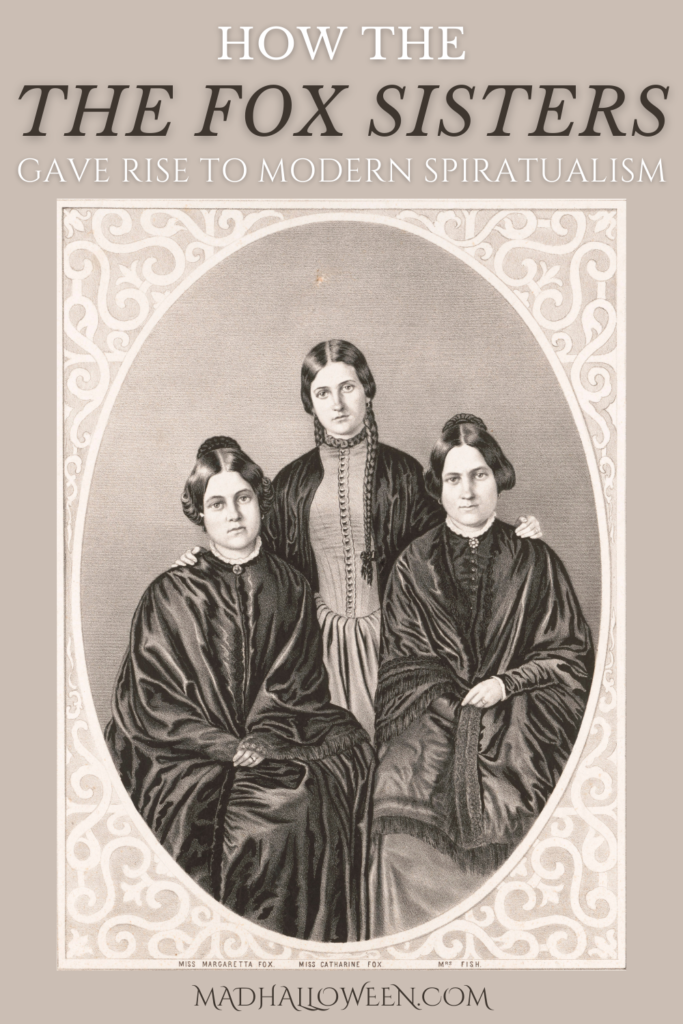
The Trend Towards Spiritualism
In the 1840s, the United States was ready for a new belief system. The idea of ‘spirits’ wasn’t new at all. The belief that good and evil spirits exist and communicate with people of their choosing has been present since the birth of creation myths. However, Spiritualism brought the idea that conversing with spirits could change your final destination in death.
Before this time, most religions in the United States had a clear-cut answer for how the afterlife would look. A person’s choices were either heaven or hell. Severe religious focus on predestination left most people disillusioned with the inability to know what truly came next. No longer content with meekly following church doctrine, people began to want concrete answers.
At the same time, more people were proposing theories about the universe and how it worked. An Australian man named Franz Anton Mesmer theorized that everything in the universe was subject to magnetic fluid. He stated that if a human body’s magnetic fluids were imbalanced, illness would occur.
He believed he could cure this imbalance and illness by hypnosis and putting patients into a trance. These mesmeric trances sometimes led to patients believing they had seen or contacted spirits.
By the mid-1840s, Mesmer’s ideas spread to the USA, gaining popularity. People were becoming Mesmerists, believing communication with spirits was possible through hypnosis.
A Swedish philosopher named Emanual Swedenborg theorized multiple afterlives in the 18th century. He believed in three levels of heaven and three of hell, with a middle purgatory. Spirits were meant to inhabit all these levels, and he claimed they could teach about the afterlife. About a century after he formed his ideas, they became popular in the US.
The John the Baptist of Modern Spiritualism, Andrew Jackson Davis, combined these theories into one. He believed that a person could communicate with spirits on higher planes by entering into a mesmeric trance. He claimed to have done so himself, specifically with Swedenborg’s spirit. Davis’s claims and interactions with the Fox Sisters helped launch Modern Spiritualism in the nineteenth century.
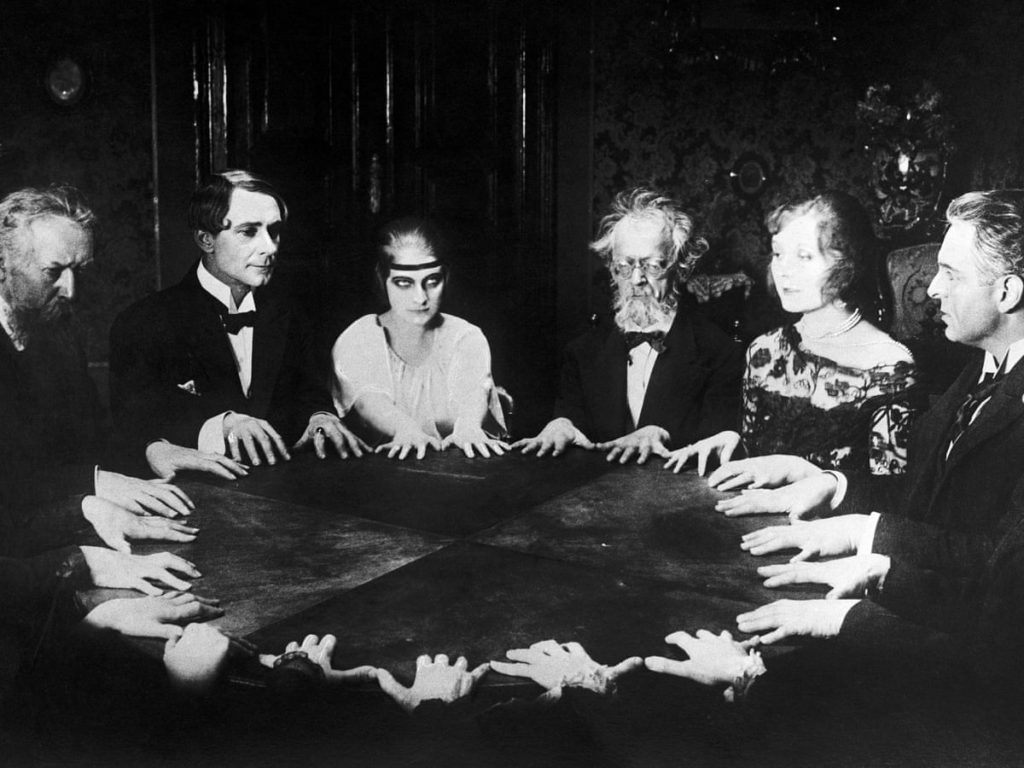
Seance in the early 1900s
Hydesville Happenings
On March 31st, 1848, Kate and Margaret Fox experienced communication with a spirit in their home. In the presence of their neighbor, their mother spoke with this spirit, who responded by a series of knocks. Margaret (Maggie), who was fourteen, and Kate, eleven, had told this neighbor the spirit often communicated during bedtime.
Their hometown of Hydesville, New York, assumed a murder victim was haunting the Fox Sisters’ house. Rumors of this victim, a peddler, spread rapidly.
The Foxs’ mother sent the girls to nearby Rochester to live with their sister Leah so that the spirit couldn’t reach them. However, once there, it was discovered both Kate and Maggie had abilities as mediums.
The ideas of Andrew Jackson Davis and countless others were circulating in the Rochester area. The Fox Sisters’ story became widespread through the town, with many residents curious about their haunted home. Digging up the house’s floor revealed hair and bone fragments that seemed to confirm a spirit’s presence.
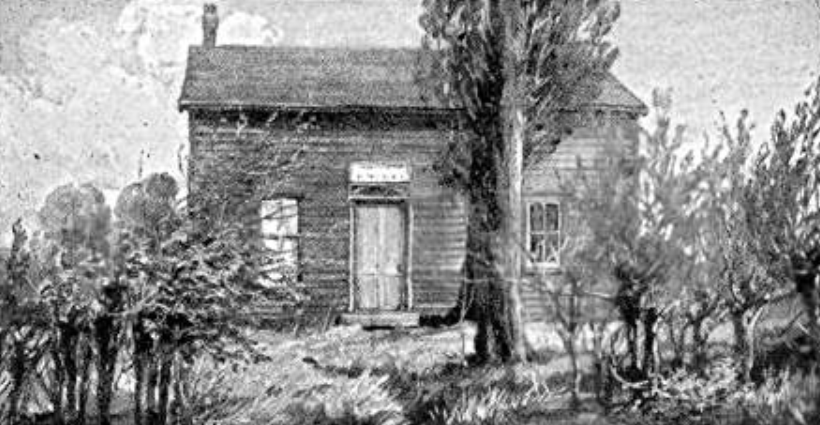
The Fox Sisters Hydesville House
Fox Sisters as Spiritual Mediums
Friends of the Fox family, Amy and Isaac Post were incredibly interested in the house and the girls’ experience. While spending time with the Posts, Maggie and Kate learned to reach other spirits, proving themselves as mediums. They discovered their older sister Leah also had this ability.
These otherworldly beings would communicate through rapping noises, the number of which would determine their answers to questions. For instance, one rap might mean “yes,” while three raps would mean “no.”
Excited, the Post family rented a four-hundred-person hall in Rochester to show off this display of spiritualism. This event led the Fox Sisters to have a sudden burst of infamy as mediums. Andrew Jackson Davis learned of the sisters from this showing and invited them to his home.
After witnessing what they could do, he supported their abilities and used them to prove his theories. This “proof” brought his ideas credibility, and more people flocked to Modern Spiritualism as a religious alternative.
Maggie, Kate, and Leah began touring as mediums, showing their talents in parlors or private seances. Though they faced skeptics, most people who attended their seances believed they were real. At the time of their Rochester showcase, skeptics examined the girls to prove they had no mechanisms that could falsify the rappings. Afterward, the initial critics became believers.
For most seances, the sisters would sit at a large table with their audience. They would reach out to the spirit world and receive an answer by a series of knocks or raps. These would sound from the floor or the walls, and some participants would physically feel a presence.
The table rapping sessions were very popular and hosted many prominent, respectable people of the time. The noted abolitionist William Lloyd Garrison witnessed one of the more infamous. During this session, a spirit tapped out the message – spiritualism will work miracles in the cause of reform.
Other guests included the New York Tribune editor Horace Greeley, James Fenimore Cooper, and poet William Cullen Bryant.
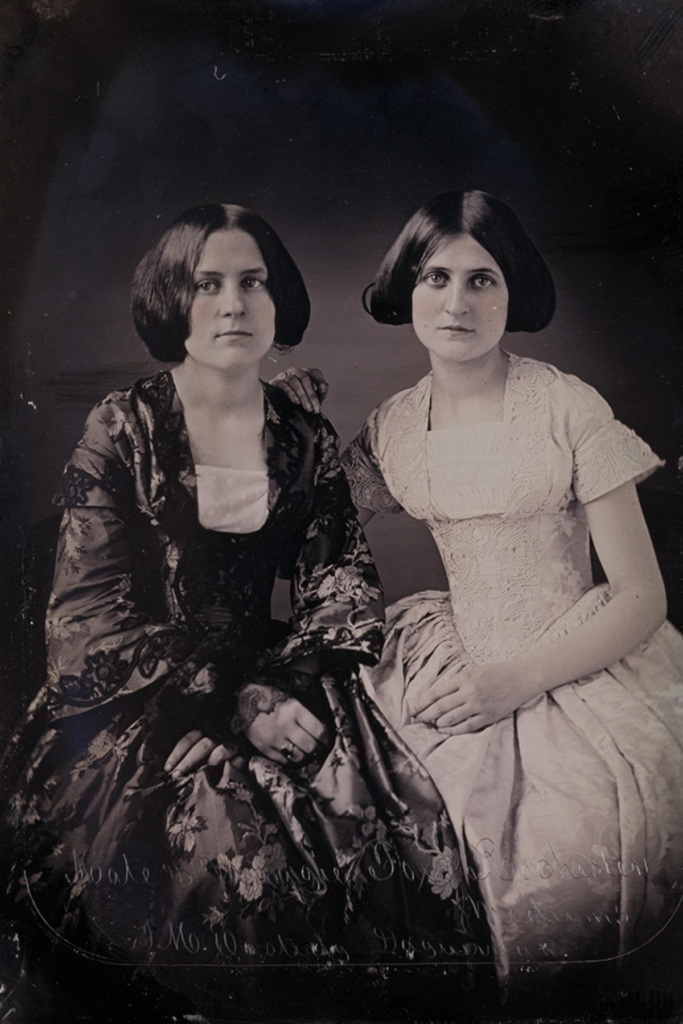
Kate and Maggie Fox
Later Life
The Fox Sisters enjoyed success for many years before going their separate ways. The younger sisters, Maggie and Kate, toured together while Leah offered seances in New York.
While on tour, an arctic explorer named Elisha Kent Kane became fascinated with Maggie. Though he never believed her liaisons with the spirit world were real, he convinced her to marry him. Under his influence, she left her Spiritualist life and became a Roman Catholic.
Unfortunately, Kane died in 1857, five years after meeting Margaret. Margaret was devastated and returned to Spiritualism, but also became an alcoholic.
Kate continued to host seances alone. She began to have increasing contact with the spirit world and found new ways of communication. She would translate messages by speaking or writing, sometimes simultaneously. Notes would occasionally be transcribed in a reverse script or appear on blank cards.
These sessions grew in popularity, especially after the Civil War and Modern Spiritualism ranks swelled. However, the demand began to tire Kate, and she turned to alcohol to cope.
Eventually, Kate married a barrister named H.D. Jencken, a devout Spiritualist like her. Jencken left her widowed with two young sons, and her dependency on alcohol increased.
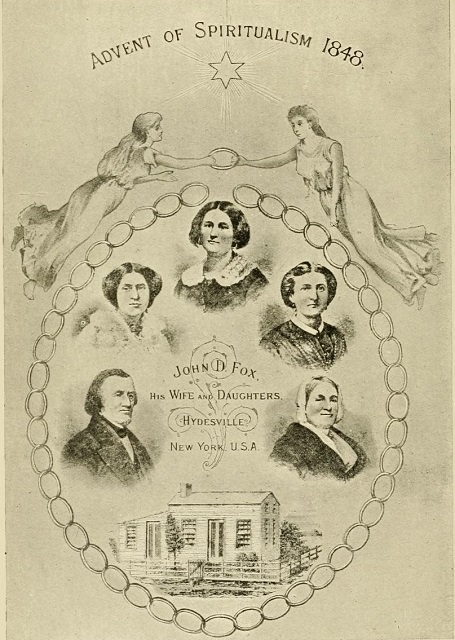
Confession and Recants
Leah and other leading Spiritualists became very outspoken against Kate’s alcoholism, criticizing her capability as a mother. This public condemnation and a need for money prompted Maggie to expose the sisters’ abilities as fraud. She received $1,500 from newspapers for her exposé.
In 1888, Maggie spoke out about her and her sisters’ work as mediums. Kate attended the public event to show her support for this confession.
Maggie described how the hoax began forty years earlier, saying it was a prank on their mother. The girls tied an apple to a string, bouncing it up and down on the floor behind the bed. The noise of the apple hitting the boards and rebounding sounded like a weird knocking.
Later on, while living with Leah, they learned to produce similar rapping noises by cracking their toes and joints. Usually, they would use their ankle and knee joints, as long skirts or tables could hide their movement.
During this confession, Maggie even demonstrated by putting her barefoot on a stool and cracking her big toe. Several audience members came up to the stage to verify that her toe joint was making the noise.
Maggie put forth that her sister Leah had coerced her and Kate into the medium lifestyle. She stated that they had been too young to know better, and Leah had duped them into performing fraud. She hoped this slander would hurt Leah’s medium profession.
Afterward, the Modern Spiritualist community didn’t know what to believe. Some believed Maggie was lying for the money. Others thought she was telling the truth, but only about the first few incidents when she was a child.
About a year later, Maggie recanted her confession, citing her Catholic beliefs compelled her to do it. However, people assumed this recantation was a ploy to reinstate herself as a medium and receive money. She and her sisters were never able to achieve the same amount of success after her confession.
The Fox Sisters died within five years of each other, each in destitution.
Aftermath
No one could fully confirm whether or not the act of the Fox Sisters was indeed a hoax. If it was, why perform it for forty years? Why confess only to take it back? There were too many questions people felt had gone unanswered.
Either way, the population turned against Maggie and her sisters, not for faking spirit communication but for trying to capitalize. Modern Spiritualism itself remained untarnished.

Subscribe Today!
Please Share & Comment!
We hope you enjoyed this insight into the history of the Fox Sisters and the influence they had on modern spiritualism. Please feel free to leave a comment below and share this post with your friends and family. Thank you so much for stopping by and make sure to visit our Halloween Shop and view more Blog Posts!

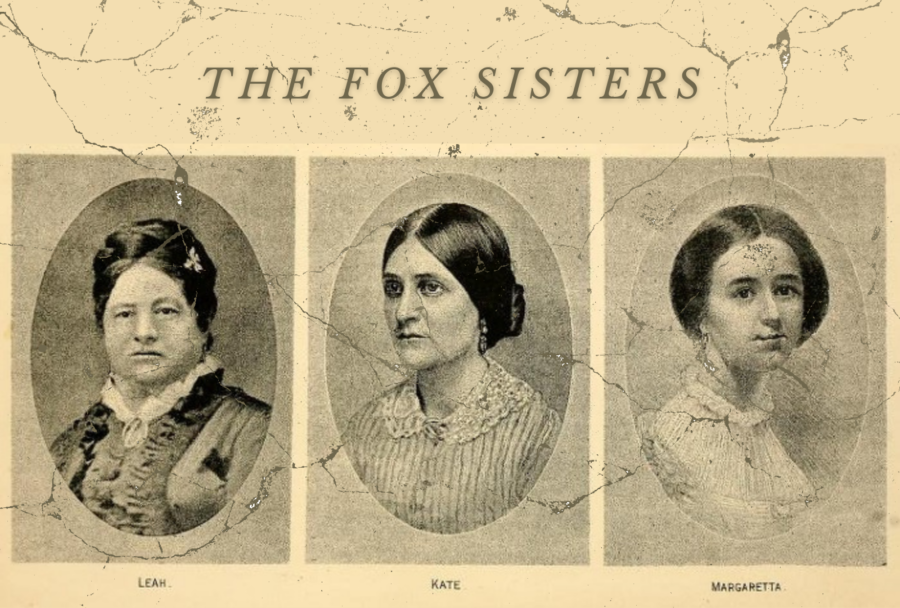
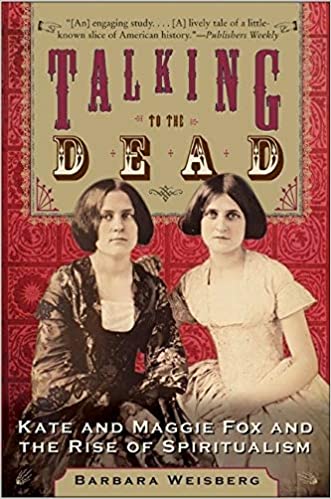
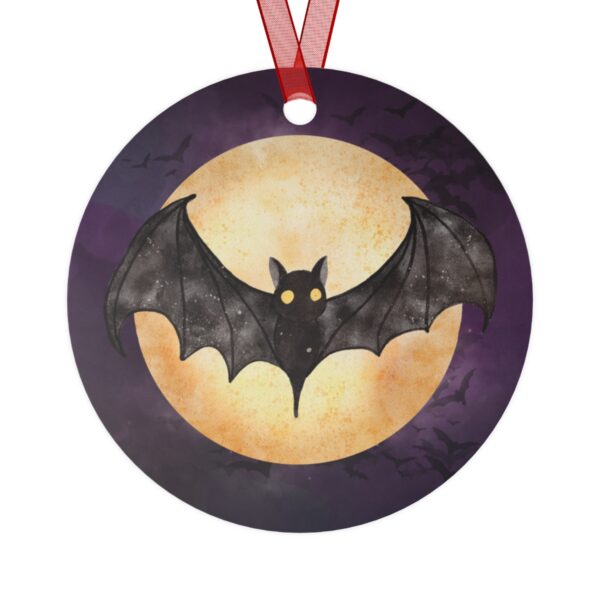
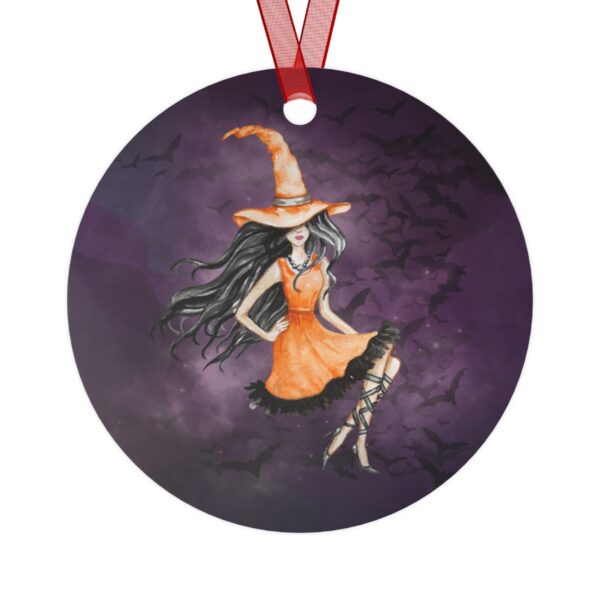


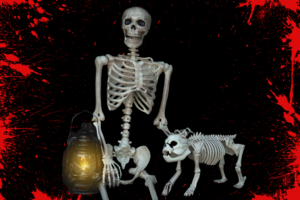

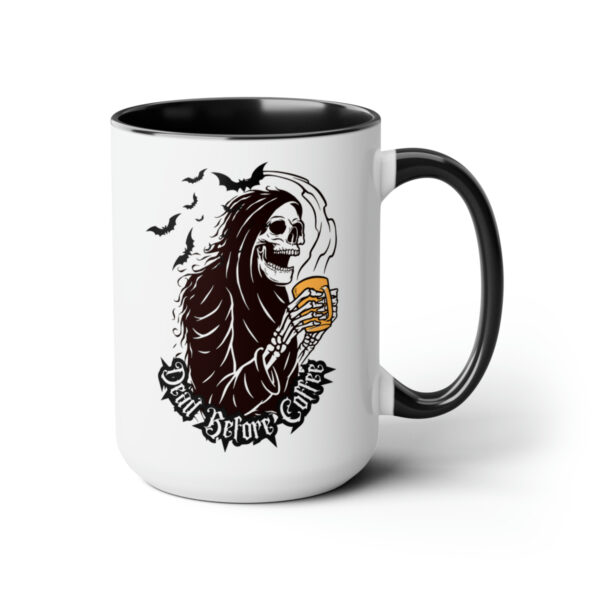
Leave a Reply